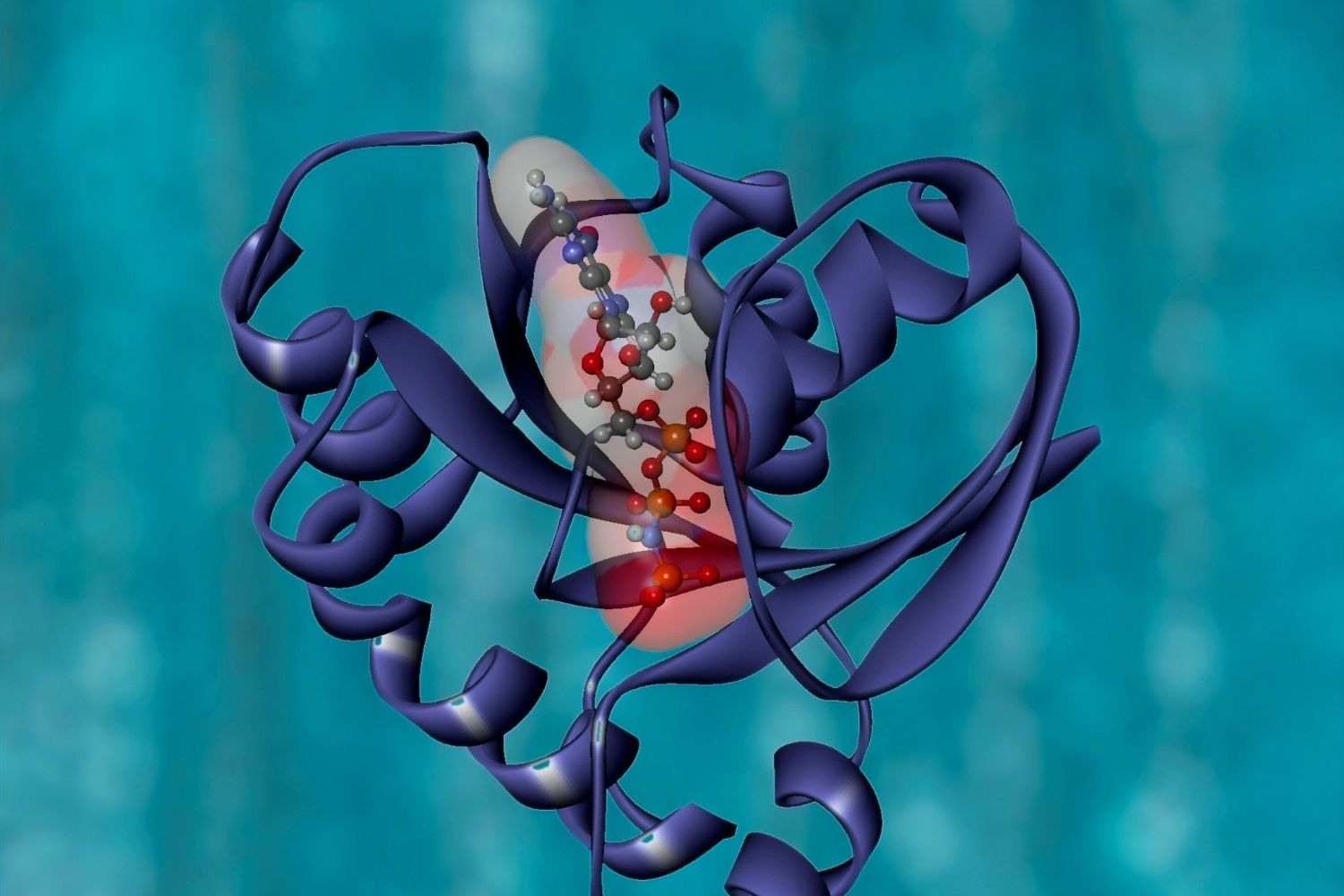
Chaperone proteins might sound like something from a sci-fi movie, but they play a crucial role in our cells. These proteins assist other proteins in folding correctly, preventing them from clumping together and causing diseases. Imagine a busy factory where workers need guidance to assemble parts correctly; chaperone proteins are like the supervisors ensuring everything runs smoothly. Without them, our cells would be in chaos, leading to conditions like Alzheimer's and Parkinson's. Understanding chaperone proteins helps us appreciate the tiny yet mighty guardians of cellular health. Ready to dive into 34 fascinating facts about these cellular heroes? Let's get started!
What are Chaperone Proteins?
Chaperone proteins are essential molecules that assist other proteins in folding correctly. They play a crucial role in maintaining cellular health by ensuring proteins achieve their proper three-dimensional structures.
- Chaperone proteins help prevent misfolded proteins, which can lead to diseases like Alzheimer's and Parkinson's.
- They are found in all living organisms, from bacteria to humans.
- Heat shock proteins (HSPs) are a well-known group of chaperone proteins that respond to stress conditions like high temperatures.
- Chaperone proteins can refold misfolded proteins, giving them a second chance to function correctly.
- They are involved in transporting proteins across cellular membranes.
- Some chaperone proteins require ATP to function, while others do not.
- Molecular chaperones can also help in the assembly and disassembly of protein complexes.
How Do Chaperone Proteins Work?
Understanding the mechanism of chaperone proteins can provide insights into their vital roles in cellular processes.
- Chaperone proteins often work by binding to exposed hydrophobic regions of nascent or misfolded proteins.
- They create a protective environment that prevents aggregation of misfolded proteins.
- Some chaperones, like Hsp70, undergo conformational changes powered by ATP hydrolysis to assist in protein folding.
- Chaperonins, a subclass of chaperones, form barrel-shaped structures that encapsulate proteins during the folding process.
- Co-chaperones assist primary chaperones by regulating their activity and specificity.
- Chaperone proteins can also help in the degradation of irreparably damaged proteins by directing them to proteasomes.
Types of Chaperone Proteins
Different types of chaperone proteins exist, each with specialized functions and mechanisms.
- Hsp70 family members are involved in the initial stages of protein folding.
- Hsp90 chaperones play a role in stabilizing and activating a wide range of client proteins.
- Small heat shock proteins (sHSPs) act as holdases, preventing aggregation without refolding proteins.
- Chaperonins like GroEL/GroES in bacteria and TRiC in eukaryotes provide an isolated environment for protein folding.
- Nucleoplasmins are chaperones that assist in the assembly of nucleosomes in the nucleus.
- Hsp60 chaperones are primarily involved in mitochondrial protein folding.
Importance in Disease Prevention
Chaperone proteins are not just cellular helpers; they are also crucial in preventing various diseases.
- Misfolded proteins can aggregate and form toxic structures, leading to neurodegenerative diseases.
- Chaperone proteins can help clear these aggregates, reducing the risk of diseases like Huntington's.
- They are also involved in the immune response by presenting antigens to immune cells.
- Some cancer cells overexpress chaperone proteins to survive under stressful conditions.
- Inhibitors of chaperone proteins are being explored as potential cancer therapies.
- Chaperone proteins can also protect cells from oxidative stress by stabilizing antioxidant enzymes.
Evolutionary Significance
Chaperone proteins have evolved to become indispensable for cellular function and survival.
- The presence of chaperone proteins in all domains of life suggests they are ancient and highly conserved.
- They have evolved to recognize a wide variety of protein substrates.
- Some chaperone proteins have specialized functions in different cellular compartments.
- The evolution of complex multicellular organisms likely required the diversification of chaperone proteins.
- Horizontal gene transfer has contributed to the spread of chaperone proteins across different species.
Future Research Directions
Ongoing research continues to uncover new roles and mechanisms of chaperone proteins.
- Scientists are exploring the use of chaperone proteins in treating protein misfolding diseases.
- Advances in cryo-electron microscopy are providing detailed structures of chaperone-protein complexes.
- Synthetic biology approaches are being used to engineer chaperone proteins with enhanced functions.
- Understanding the interplay between chaperone proteins and other cellular pathways could lead to novel therapeutic strategies.
The Final Word on Chaperone Proteins
Chaperone proteins are unsung heroes in the cellular world. They ensure proteins fold correctly, preventing diseases like Alzheimer's and Parkinson's. These molecular guardians also help cells cope with stress, making them vital for survival. Understanding their role can lead to breakthroughs in medicine and biotechnology.
From assisting in protein folding to protecting cells under stress, chaperone proteins are indispensable. They’re not just cellular assistants; they’re lifesavers. Research continues to uncover their secrets, promising new treatments and innovations.
So, next time you think about cellular functions, remember these tiny but mighty proteins. They’re working tirelessly behind the scenes, ensuring everything runs smoothly. Keep an eye on future discoveries; chaperone proteins might just hold the key to solving some of our biggest health challenges.
Stay curious, and keep learning about these fascinating molecular helpers.
Was this page helpful?
Our commitment to delivering trustworthy and engaging content is at the heart of what we do. Each fact on our site is contributed by real users like you, bringing a wealth of diverse insights and information. To ensure the highest standards of accuracy and reliability, our dedicated editors meticulously review each submission. This process guarantees that the facts we share are not only fascinating but also credible. Trust in our commitment to quality and authenticity as you explore and learn with us.
